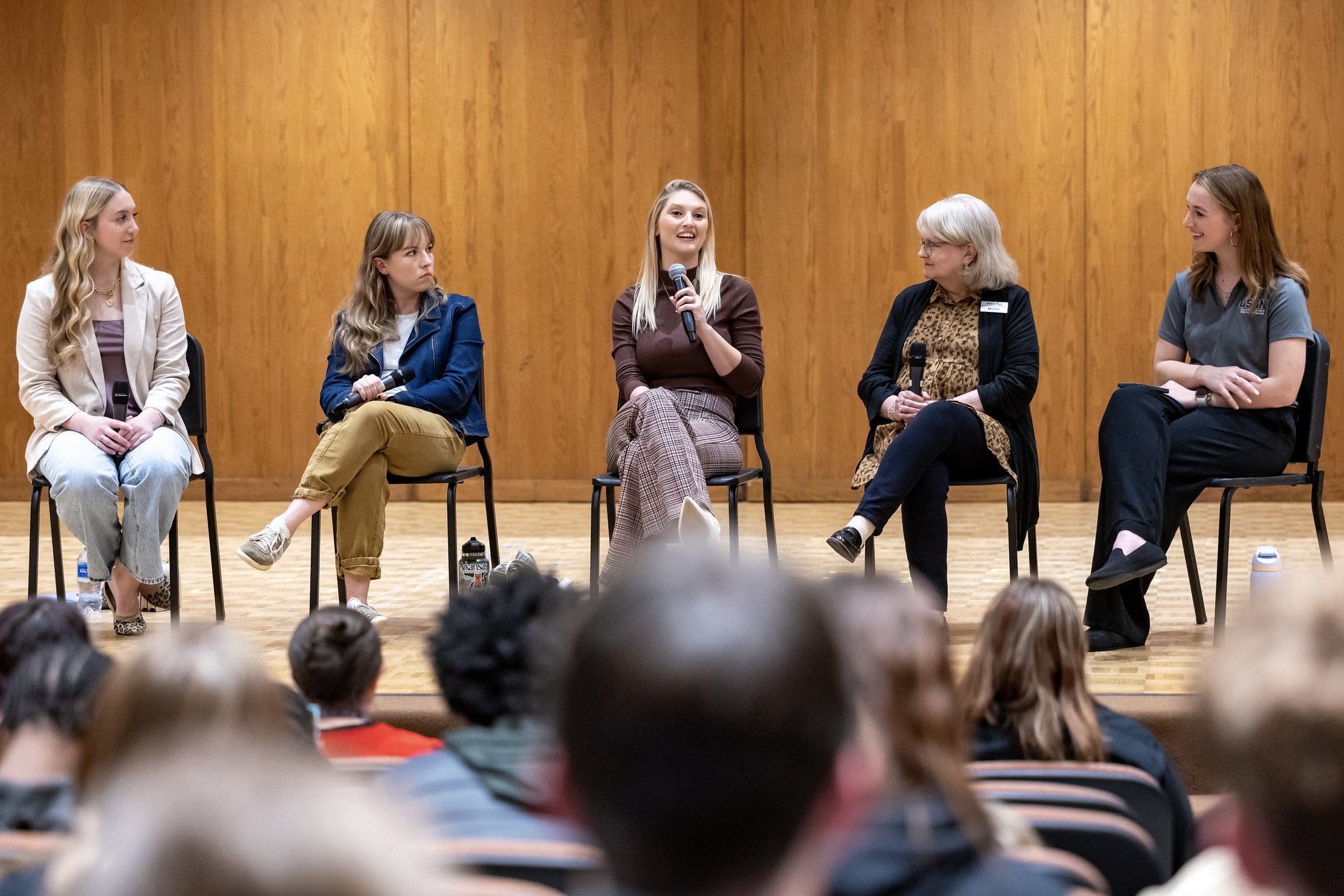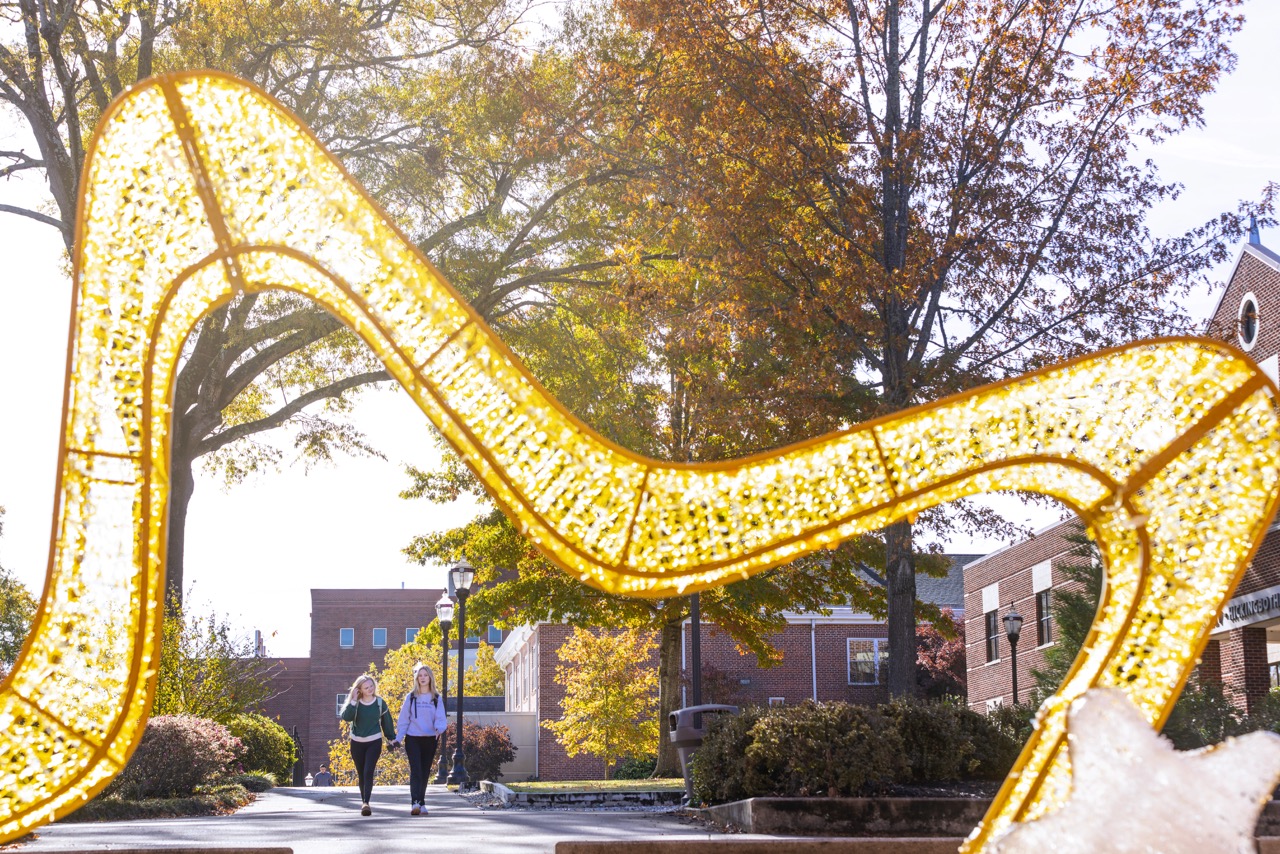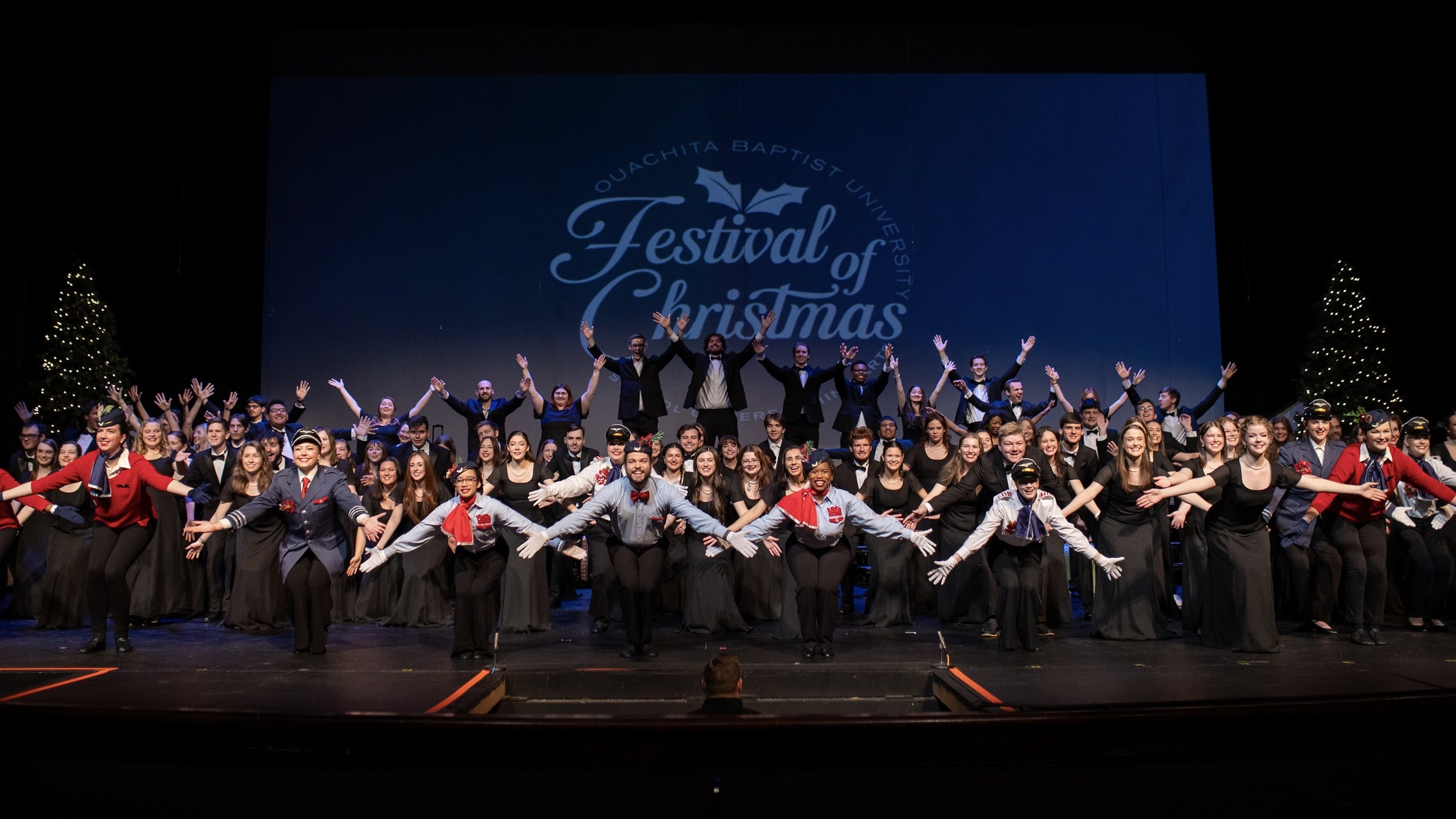Looking back a century: Ouachita College in 1918
September 14, 2018 - Lisa Speer
Students arriving at Ouachita College 100 years ago in 1918 had a significantly different
experience than 2018 arrivals. Almost 300 students arrived for the fall semester.
Only a little over 16% of those students were female. Students primarily came from
Arkansas, with a few from adjacent states including Oklahoma, Louisiana, Mississippi
and Texas.
The Ouachita College faculty consisted of 25 men and women who taught in the college’s
three academic divisions – the College of Liberal Arts, the School of Fine Arts and
the School of Expression. The College of Liberal Arts was the largest, containing
Foreign Languages, English, History, Economics, Mathematics, Natural Sciences, Education,
Bible and Philosophy.
The campus occupied a much smaller footprint 100 years ago, with only six buildings.
Those included an Administration Building housing the college library, study hall,
classrooms and laboratories, as well as rooms for the school’s literary societies.
A Conservatory (1898) housed the School of Fine Arts and an auditorium. The conservatory
connected to the Young Ladies’ Home (1891). The President’s Home (1908) also was located
on campus. Boarding halls used exclusively for students and teachers made up the other
four buildings on campus. Of those, the Mary Forbes Industrial Home (1908) was reserved
exclusively for young women of limited means, who performed housework and received
their board at no cost. About 15 young women resided in the home.
Some institutions and traditions that exist today, like the Signal newspaper and the Ouachitonian yearbook, were established elements of campus life by 1918. Athletics was also a part
of college life at Ouachita. President C. E. Dicken kept a record of athletes’ grades,
updated every two weeks, in his office. When a student’s performance fell below an
acceptable standard, the President removed the student from the athletic team. The
college held daily 30-minute services chapel services beginning at 9 a.m. Absence
from chapel required permission from the president.
The rules under which Ouachita students operated were strict in 1918. Rules prohibited
students from charging purchases at local stores without permission from parents and
the college. They also prohibited students from attending public amusements without
special permission. Leaving town required that students obtain permission from the
president. The college prohibited female students from leaving the school overnight,
even with parents’ permission. All students were confined to their rooms once study
hour began in the evening. The college discontinued uniforms for female students in
1918 but continued to enforce a dress code that required simplicity.
Despite dissimilarities with 2018, some facets of arriving at Ouachita in the fall
never change – the excitement of seeing old friends, meeting new ones and the opportunities
for learning and fellowship in this special place.
By Dr. Lisa Speer, Ouachita archivist and associate professor
You Also Might Like
Over 400 students and educators attend high school sports media conference at Ouachita
December 03, 2025Recent
Over 400 students and educators attend high school sports media conference at Ouachita
December 03, 2025



